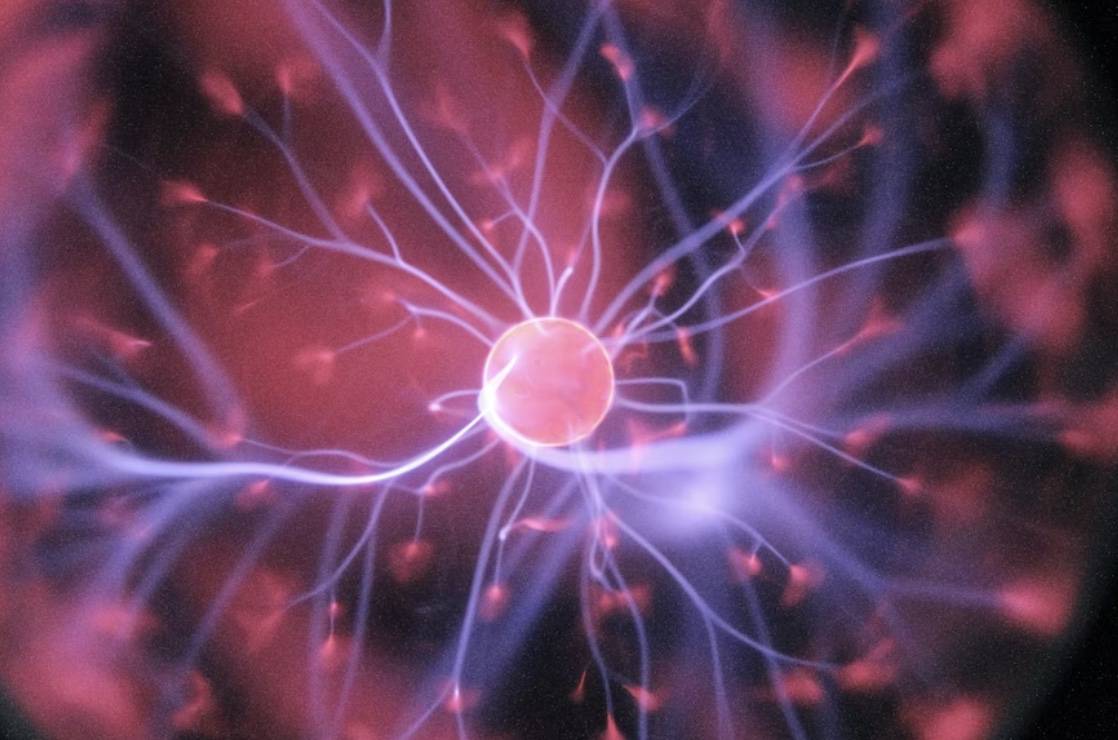Pain is more than a physical sensation – it’s a subjective and dynamic experience that involves multiple brain processes and systems. Find how pain affects your brain and how to manage it.
May 2023. This article is independently written by Shelby Golding. All opinions given are hers. Shelby has been certified as a personal trainer and nutritional specialist since 2007. In 2008, she found her passion for writing about these topics and hasn't looked back.

Pain is a complex experience that can affect our lives in many ways. For example, when we’re injured, our brains receive signals from our nerves that tell us something is wrong. These signals are processed in various parts of the brain, leading to the sensation of pain. And these sensations involve the brain, spinal cord, and nerves.
Although pain can be uncomfortable and even debilitating, there are ways to manage it effectively. And, with options like the Kailo Pain Patch, they don’t all have to involve prescription or over-the-counter pain medications! By understanding how pain affects the brain, we can learn how to manage it and improve our overall quality of life.
This article will explore how pain affects the brain and discuss some strategies for managing it.
What Is Pain?
It’s essential to know what pain is and what causes it to understand how it affects the brain. Pain is a familiar sensation that almost everyone experiences. However, there are different types of pain, including:
- Acute pain is sharp and sudden, usually caused by an injury or trauma to the body.
- Chronic pain is long-lasting and often associated with underlying medical conditions such as arthritis or neuropathy.
- Nociceptive pain is caused by damage to tissues or organs.
- Neuropathic pain is caused by damage to the nervous system.
- Emotional pain includes experiences like stress, social discomfort, anxiety, grief, and depression. And it can be linked with chronic pain and other physical types of pain.
These are the most common types of pain. However, there are many other classifications used to describe pain. For example, pain can also be classified as somatic or visceral based on location and origin.
Regardless of the type of pain, it’s important to seek medical attention if any pain you’re experiencing persists or worsens over time.
How Does Pain Affect the Brain?

Pain isn’t just a physical sensation but also a subjective and dynamic experience involving multiple brain processes and systems.
When you experience pain, it activates certain regions in your brain that process and interpret the signals coming from your nerves. These regions include the thalamus, the sensory cortex, and the insula, among others. Pain can also cause changes in the activity and connectivity of neurons in these regions, resulting in altered perception, attention, and emotion.
In addition, when tissue is damaged, it releases chemicals that send signals to the brain. The brain interprets these signals as pain.
This can trigger the release of various neurotransmitters and hormones your body uses in an attempt to modulate pain perception, such as endorphins, serotonin, and cortisol.
The information above explains the basics of how pain interacts with your brain. It helps to read about some more relatable effects to identify what changes you may be experiencing due to pain, though. With that in mind, here are some specific things that you might recognize in yourself when you’re dealing with chronic pain:
- Higher stress levels
- Increased depression and anxiety
- Decreased motivation and activity levels
- Changes in how your brain processes information
- Sleep disruption
- Difficulty concentrating
- Problems with interpersonal relationships
These effects aren’t limited to humans, and this isn’t to say that pain is all in your head! Research shows that even animals experience things like decreased motivation when they’re in pain.
Those suffering from long-term pain are much more likely to experience these changes in how their brain functions. But with effective pain management, you can decrease these side effects and improve the quality of your life.
What Are the Best Ways To Manage Pain?

Managing pain can be difficult and frustrating, but some effective strategies can help alleviate discomfort for many people. And they don’t all involve dangerous prescription medications or over-the-counter painkillers.
Here are some pain management methods often recommended by healthcare professionals:
- Exercise: One of the best ways to manage pain is through regular exercise, which can release endorphins and improve overall physical health.
- Heat therapy: A hot compress can increase blood flow and nutrients to an injured area; it can help with morning stiffness or preparing for physical activity.
- Cold therapy: A cold compress reduces blood flow to an area, which minimizes swelling and pain; it can help with short-term injuries like sprains or strains.
- Physical therapy: Working with a physical therapist to improve the strength and flexibility of an injured area can help reduce many types of pain.
- Mind-body techniques: Another way to manage chronic pain is with meditation, deep breathing, and yoga, which can reduce stress and tension that can exacerbate pain. For example, research shows that body scan meditations can reduce pain levels.
- Adhesive pain relief: Adhesives like the Kailo Pain Patch can deliver pain relief without medications, shots, or other dangerous and invasive options. This is a newer option for pain management, but it’s science-backed and may become a go-to in the future.
Remember, pain management is a highly personalized process, and what works for one person may not work for another. So if you’re experiencing chronic pain, talk to your doctor about treatment options.
It’s always best to work closely with a healthcare provider to develop a comprehensive pain management plan tailored to your needs and goals.
Several effective treatments are available, and the best treatment for you will depend on the type of pain you’re experiencing, the cause of the pain, your current health, and your needs.
The Kailo Pain Patch Is Here To Help!
When you’re experiencing acute or chronic pain, apply the Kailo Pain Patch near the site of discomfort and breathe a sigh of relief. Kailo is here to help you reach your goals pain-free, and it’s designed to relieve your pain in seconds!
But don’t just take our word for it – you can check out what customers have to say!
“This beats the heck out of daily pain medication,” said Donald L. in his review. “I am not a numb zombie walking around anymore. I have had a great reduction in pain and been able to sleep at least 6 hours instead of waking up every hour. I have severe lower lumbar damage. We now have 3 Kailo patches. [One] for me, one for the wife, who had major intestine resection 8 months ago, and one backup reserve.”
The Kailo Pain Patch doesn’t involve any oral medication, and scientists theorize that it works by interfering with the body’s electrical system. A recent clinical study showed that 97% of users were extremely satisfied with Kailo over oral medication.
Disclaimer: Kailo should not be used if you have a pacemaker or if you are pregnant. Always consult your doctor or health care professional before using Kailo.





